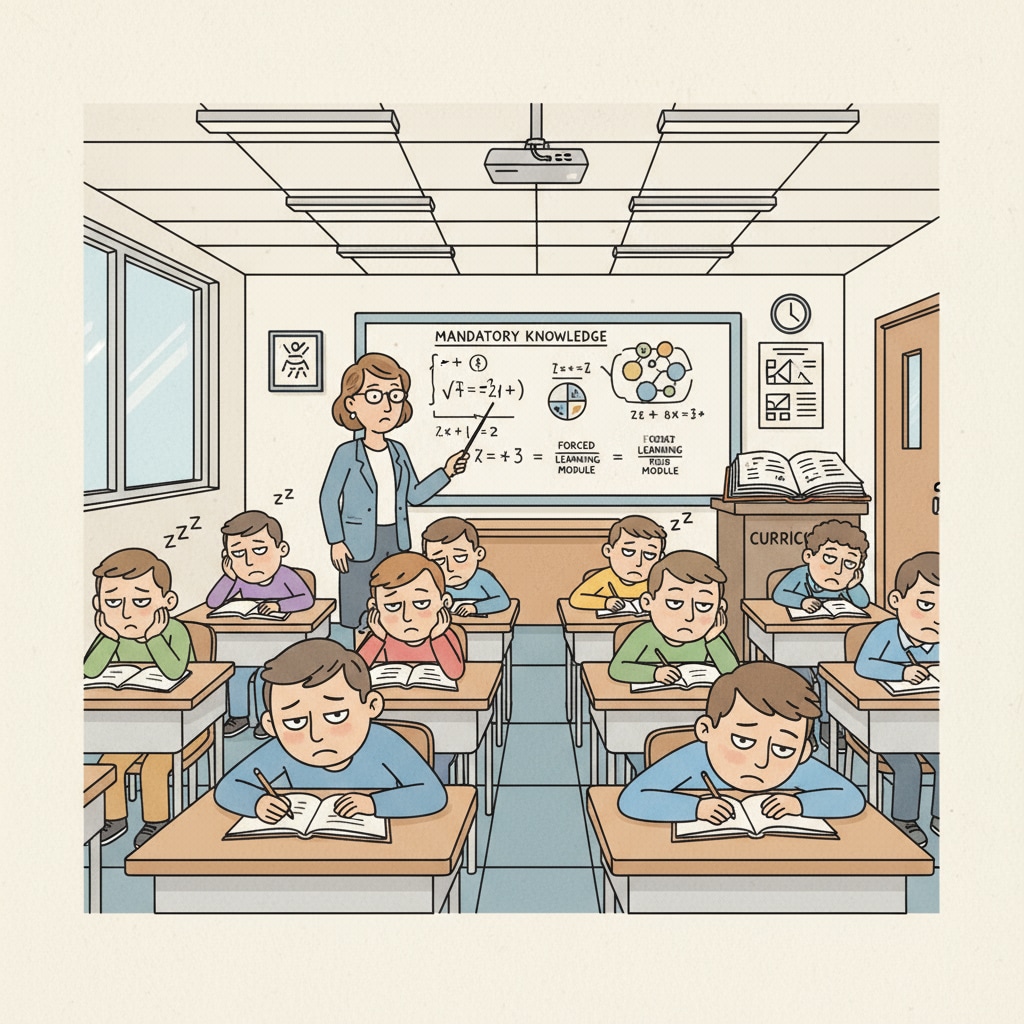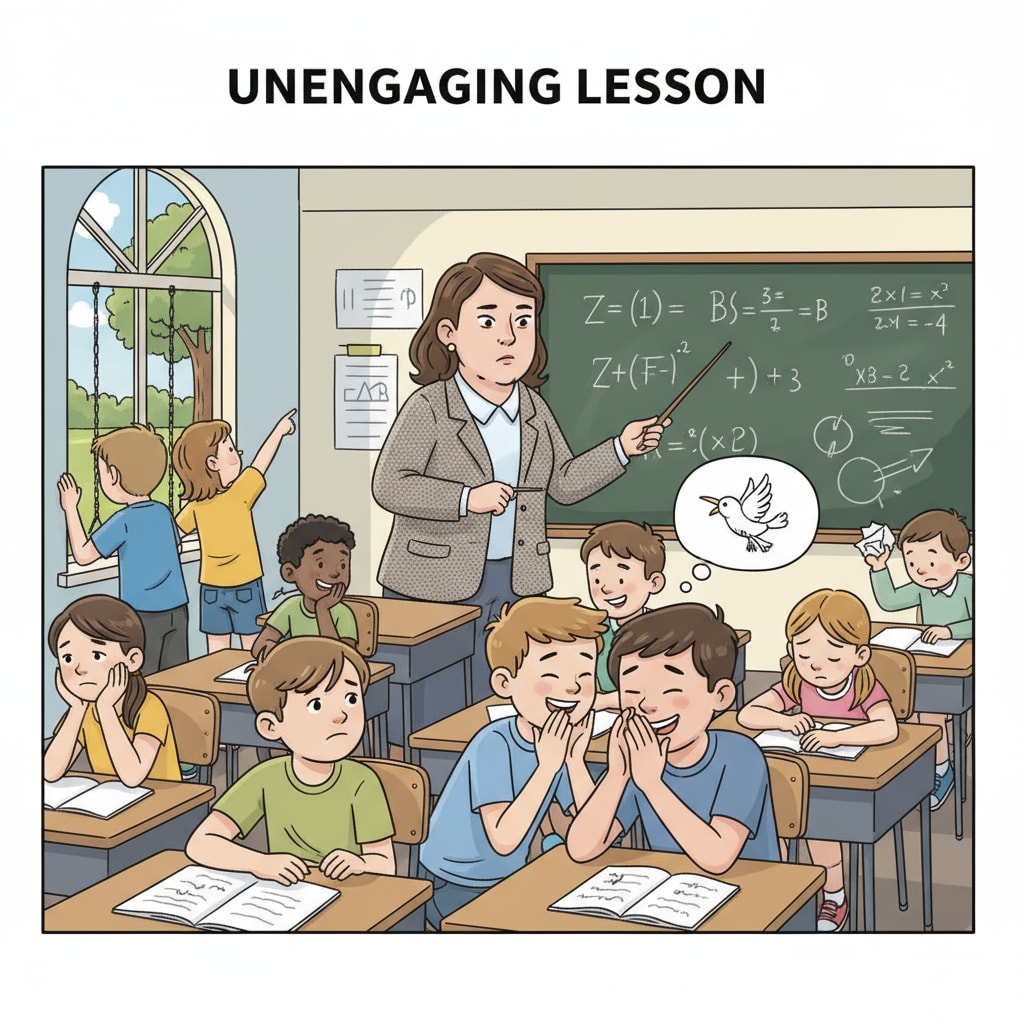The contemporary K12 school system is built on a fundamental fallacy: the belief that we can enforce students to learn. This so – called “forced learning” within the school system has far – reaching implications for student behavior, and it’s high time we take a closer look. What’s Wrong with Our Education System on NEA

The Illusion of Forced Education
Forced education creates an illusion that mere physical presence in a classroom equates to learning. However, this couldn’t be further from the truth. When students are coerced into an environment where they don’t feel engaged, their behavior starts to deteriorate. For example, students may become more distracted, showing signs of disinterest such as daydreaming or fidgeting. What’s Wrong with Public Education Today on Education.com
The Impact on Student Behavior
One of the most visible outcomes of forced learning is the negative shift in student behavior. Students who are forced to learn may develop a sense of resentment towards the educational institution and the learning process itself. This can lead to increased instances of misbehavior, such as disruption in class, defiance towards teachers, or even truancy. These actions are, in essence, a form of protest against the imposed learning environment.

Moreover, the stress associated with forced learning can also contribute to mental health issues among students. Anxiety and depression rates may rise as they struggle to meet the unrealistic expectations set by the forced education system. This, in turn, further exacerbates their behavioral problems.
Readability guidance: In this section, we’ve seen how forced learning creates an illusion and impacts student behavior. The key points include the false perception of learning through coercion and the various negative behavioral outcomes. Transition words like ‘however’ and ‘for example’ help to clarify the flow of ideas.
The Root Defects of the Forced Education System
The fundamental flaw of the forced education system lies in its failure to recognize the individuality of students. Every student has unique learning styles, interests, and paces. By imposing a one – size – fits – all approach to learning, the system ignores these crucial aspects. As a result, students who don’t fit the mold are left behind or forced to conform in ways that don’t suit them.
Another defect is the overemphasis on standardized testing. These tests are often used as a measure of a student’s worth and the effectiveness of the educational system. But they don’t account for the diverse skills and knowledge that students possess. This narrow focus on testing can lead to a narrow curriculum, leaving little room for creativity and exploration.
Readability guidance: Here, we’ve identified two main root defects of the forced education system. The use of ‘another’ as a transition word helps to smoothly introduce the second point. The short paragraphs make the information more digestible.
The Real – World Consequences
The consequences of the forced education system are not limited to the classroom. In the long run, it can lead to a decline in academic standards. When students are not engaged in the learning process, they are less likely to retain knowledge and develop critical thinking skills. This can have a detrimental impact on their future academic and professional success.
In addition, there is a significant waste of educational resources. Time and money are spent on a system that may not be effectively meeting the needs of students. Teachers are also affected, as they may find it challenging to teach in an environment where students are disengaged.
Readability guidance: In this part, we’ve explored the real – world consequences of the forced education system. Words like ‘in the long run’ and ‘in addition’ help to show the progression of ideas. The points are presented clearly in short paragraphs.
Rethinking the Essence of Education
It’s evident that we need to rethink the very essence of education. Instead of focusing on forced learning, we should create an environment that fosters intrinsic motivation. This means tailoring the curriculum to individual student interests, providing more hands – on learning experiences, and encouraging students to take ownership of their learning.
By doing so, we can transform the educational landscape, leading to more engaged students, better academic performance, and a more positive impact on student behavior. It’s time to break free from the shackles of forced education and embrace a more student – centered approach.
Readability guidance: In the final section, we conclude by suggesting a need for rethinking education. The use of ‘instead of’ and ‘by doing so’ helps to connect the ideas of change. The paragraphs are concise, summarizing the call to action.


